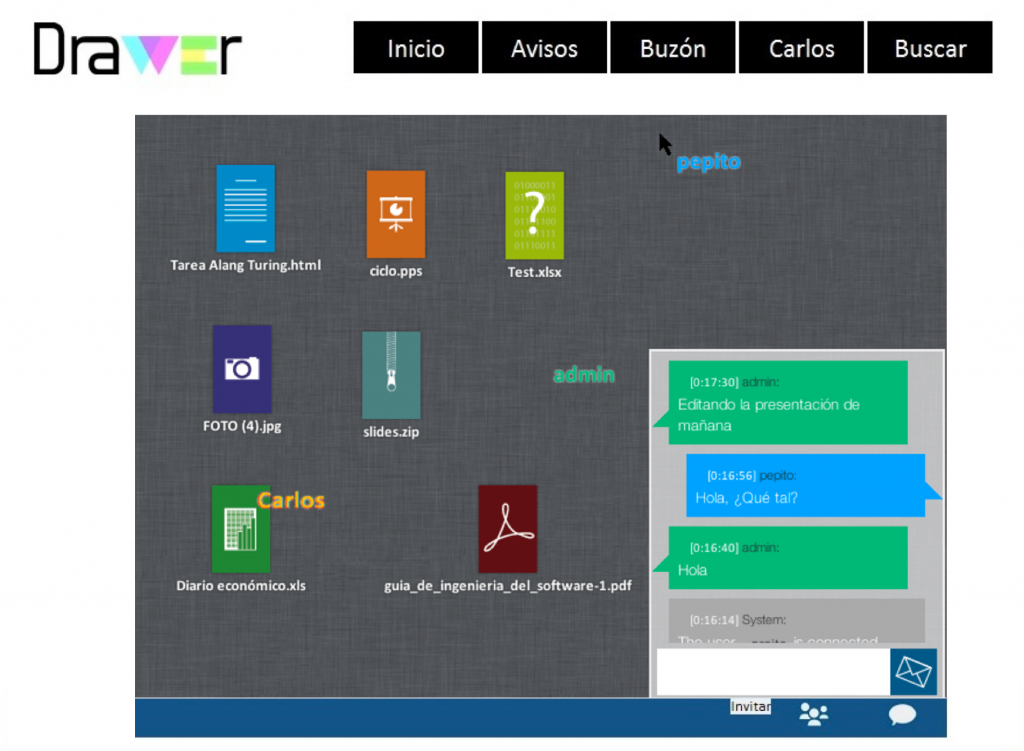
Drawer - An Innovative Teaching Method For Blended Learning At “ISEC 2013”
11/09/2013
[blender] [conference] [learning]

Our work has been presented in the Information Systems Education & Curricula Workshop (ISEC’13).
ISEC goal is to promote the discussion about the convergence between Computer Science and Information Systems topics, so that researchers can present a complete and detailed specification of their educational curricula by means of these two topics. We inspect papers that contribute to the better understanding of emerging and important educational fields of Computer Science (CS) and Information Systems (IS). Authors are invited to submit their papers in English, presenting the results of original research or innovative practical applications in the field.
In our propossal is shown how during the last decade there has been a shift in the way learning process is conducted. One of the main reasons is that technology is changing. Due to this fast movement, concepts like “class”, “workgroup” and “learning process” are changing too. Learning processes are going beyond the boundaries of what was known as “class”. Face-to-face models get mixed with online environments where students are remotely connected through the Internet. This new approach is called blended learning, and it is aimed at improving learning as well as bringing learning where it was impossible or complicated. Nevertheless, one of the main issues is that teachers need innovative tools that support these different learning models.
As a consequence, this work is focused on the development of a tool for dealing with the main issues found in blended learning scenarios. It is divided in three phases. First, the blended learning experiences and models of the last decade are reviewed. In a second phase, a tool called Drawer, for supporting the main features of the design and use of blended learning experience is developed. In the last phase, an evaluation is made to assess the outcomes of the new tool.